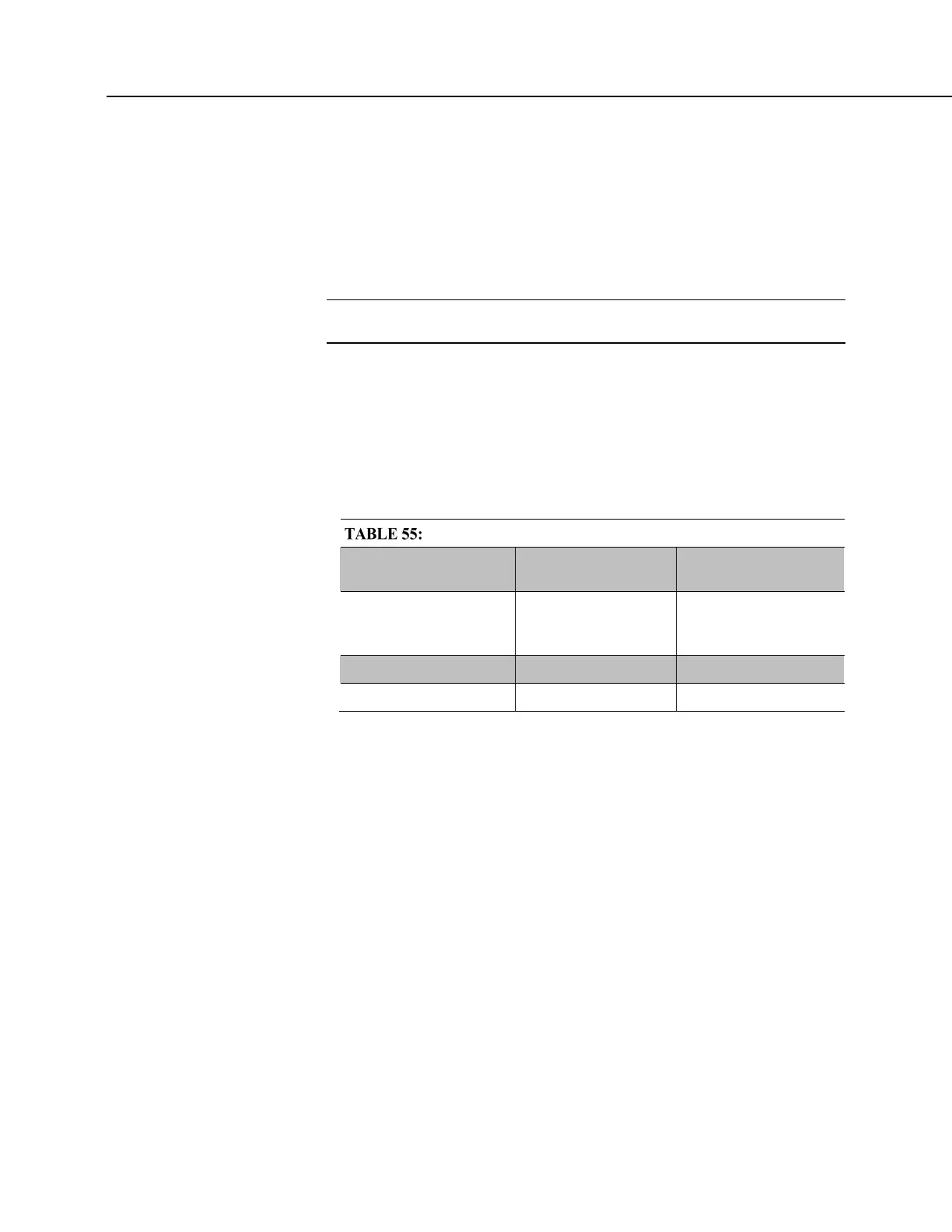Section 8. Operation
• Minimize polarization of polar sensors such as those for measuring
conductivity, soil moisture, or leaf wetness. Polarization may cause
measurement errors or sensor degradation.
• Improve accuracy of an LVDT measurement. The induced voltage in an
LVDT decays with time as current in the primary coil shifts from the
inductor to the series resistance; a long integration may result in most of
signal decaying before the measurement is complete.
Note See White Paper "Preventing and Attacking Measurement Noise
Problems" at www.campbellsci.com.
The magnitude of the frequency response of an analog integrator is a SIN(x)/x
shape, which has notches (transmission zeros) occurring at 1/(integer multiples) of
the integration duration. Consequently, noise at 1/(integer multiples) of the
integration duration is effectively rejected by an analog integrator. If reversing the
differential inputs or reversing the excitation is specified, there are two separate
integrations per measurement; if both reversals are specified, there are four
separate integrations.
Analog Measurement Integration
Integration Time (ms)
Integration
Parameter Argument
Comments
0 to 16000 µs
0 to 16000
250 µs is considered fast
and normally the
minimum
16.667 ms
_60Hz
Filters 60 Hz noise
20 ms
_50Hz
Filters 50 Hz noise
Ac Power Noise Rejection
Grid or mains power (50 or 60 Hz, 230 or 120 Vac) can induce electrical noise at
integer multiples of 50 or 60 Hz. Small analog voltage signals, such as
thermocouples and pyranometers, are particularly susceptible. CR800 voltage
measurements can be programmed to reject (filter) 50 Hz or 60 Hz related noise.
Noise is rejected by using a signal integration time that is relative to the length of
the ac noise cycle, as illustrated in the figure Ac Power Noise Rejection
Techniques
(p. 317).

